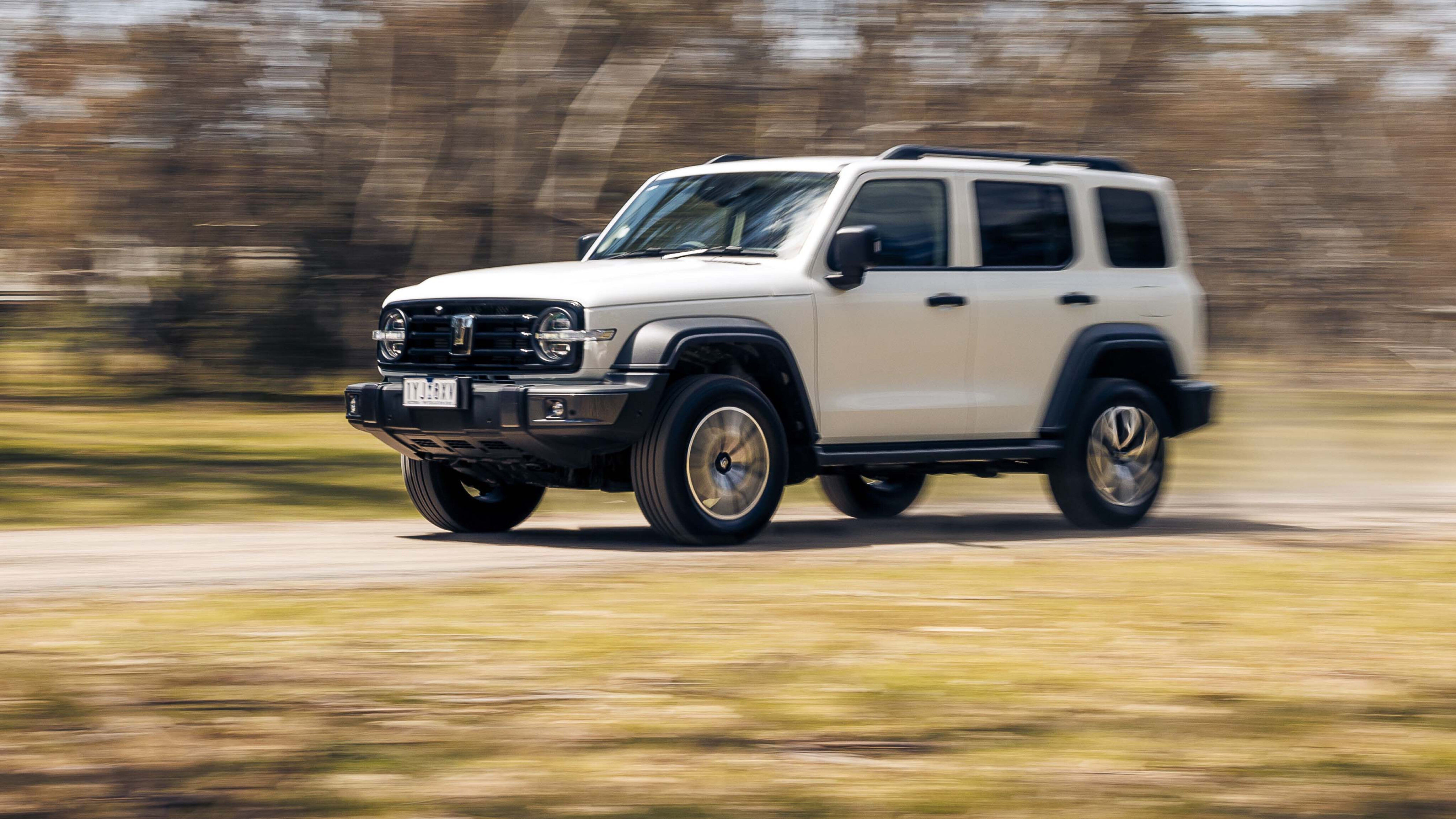
Score breakdown
Things we like
- The price – $20K cheaper than a Wrangler
- Punchy acceleration when battery has enough juice
- Impressive safety suite and standard equipment
- Polished petrol-electric powertrain
Not so much
- Maddening driver assist systems that default to ‘on’
- Busy ride quality on country roads
- Not much chop dynamically; brakes fade quickly
- Even hybrid hardly a fuel economy star
Cars from China are shaking up the world of electric vehicles, and now they’re disrupting segments such as the retro-styled, off-road SUV.
At $60,990 drive-away for the range topping Ultra Hybrid, the Great Wall Motors Tank 300 undercuts vehicles in the same vein by tens of thousands of dollars. To get a five-door Jeep Wrangler, you’ll need at least $81,450 (before on-roads), while an Ineos Grenadier starts from $97,000 and the Mercedes-Benz G-Class, well, you know what they say – if you have to ask.
A Suzuki Jimny, meanwhile, is a three-door option for now and could probably fit in the Tank’s glovebox.

That’s not to mention Great Wall has offered a hybrid, petrol-electric powertrain before any of the above – Jeep’s plug-in Wrangler 4xe especially is still nowhere to be seen.
Built on a ladder chassis and with a solid rear axle – the same platform as the GWM Cannon dual-cab ute – the Tank 300 combines ruggedness with cuteness, this white example channelling a bit of Giant Panda in its front styling, as if it would be just as happy having bamboo crammed down its fuel filler neck as it would regular unleaded.
While the Tank 300 range starts with the $49,990 (drive-away) Lux, at $60,990 (also drive-away), today’s range-topping new Ultra Hybrid mates a 180kW/380Nm 2.0-litre turbocharged inline-4 with a 78kW/268Nm electric motor for a very headline-grabbing total combined output of 255kW/648Nm.
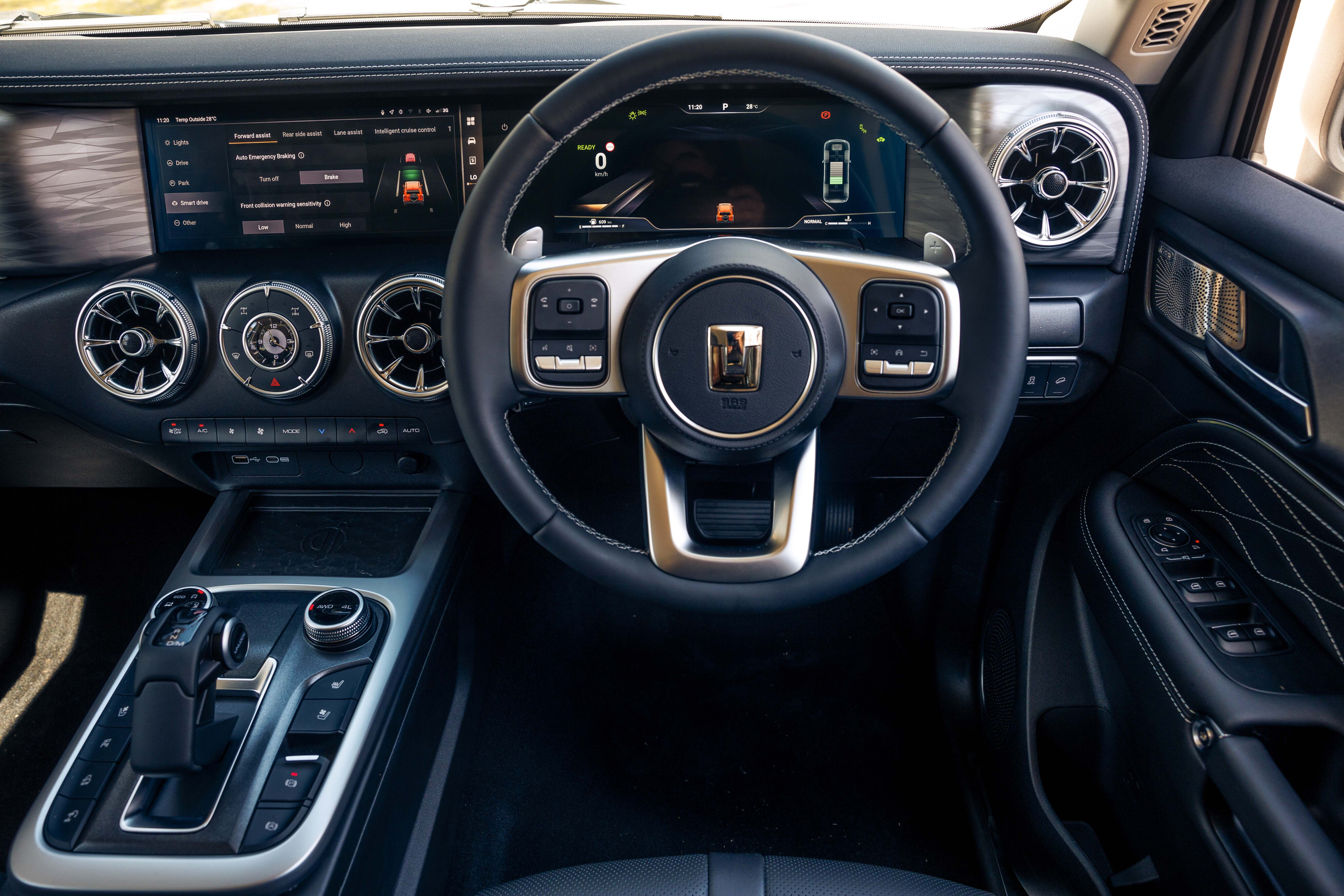
That’s more than an HSV Clubsport from yesteryear, even if the Clubbie weighed somewhat less than the GWM’s 2313kg, itself 158kg more than the non-hybrid model – the figure on the scales very much keeping true to the vehicle’s name.
The hybrid gets a nine-speed auto (versus the non-hybrid’s eight) with all-wheel-drive and rear differential lock.
The range-topping Ultra Hybrid adds a front differential lock, while all Tanks offer 33-degree approach and 34-degree departure angles, 224mm of ground clearance, and low range, making for some serious off-roading promise. (We aren’t testing it off-road today – but you can read what our dirt-loving 4x4 Australia colleagues had to say about the petrol-powered Tank 300 here.)

Interior & features
Climbing into the Tank for the very first time – quite a feat, as the driver gets no grab handle, unlike all other passengers – you sit quite high, and find yourself in a nicely appointed place.
Aside from a quietly rattling sunroof, build quality feels good, while the circular, turbine-like air-vents are a shameless rip-off of a certain German brand. That said, if your new SUV had to copy someone, better Mercedes-Benz than Lada.
Dual, 12.3-inch screens comprise the infotainment system and instrument cluster, while curiously the Ultra Hybrid is the only Tank to offer wireless Apple CarPlay (Android Auto is still wired). There’s even a small analogue clock in the middle of the dash, a quirky contrast to everything else which is on a screen.
In top-spec hybrid trim, this is a fully laden vehicle, too, with all the features you could ever want – from sunroof to heated/cooled front seats (appointed in Nappa leather), heated steering wheel, memory driver’s seat (only available on the Ultra Hybrid) to the myriad minor conveniences like the 220-volt outlet in the boot.
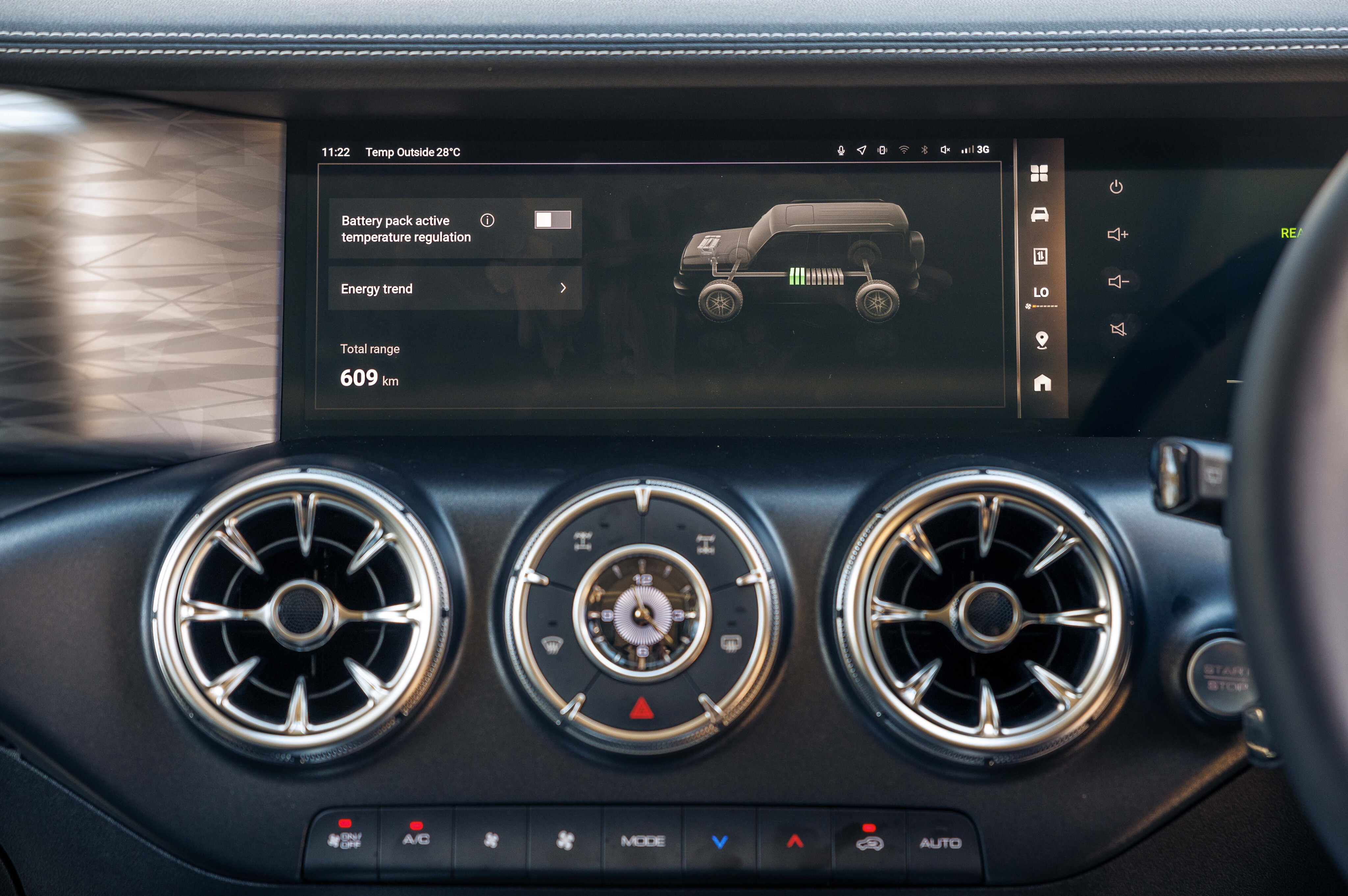
There are certainly easier and more practical (if not-as-funky) SUV options available
The seats themselves are merely okay, but we enjoy that the windscreen, flat and near-vertical, isn’t too far away, serviced by cute, stubby little wipers. It makes you feel like you’re in something a bit more special and cooler than your usual cookie-cutter SUV – because you are.
The back seat, meanwhile, is reasonably spacious, offering two sets of ISOFIX points and three top tethers; while the boot is a bit small, giving up some space to the hybrid battery. GWM hasn't confirmed a specific boot volume for the hybrid, but the regular model lists 400 litres with the rear seats upright.
and the rear door is the wide-opening, heavy, swinging type. If you are thinking of carting around kids – and a pram – there are certainly easier and more practical (if not-as-funky) SUV options available.
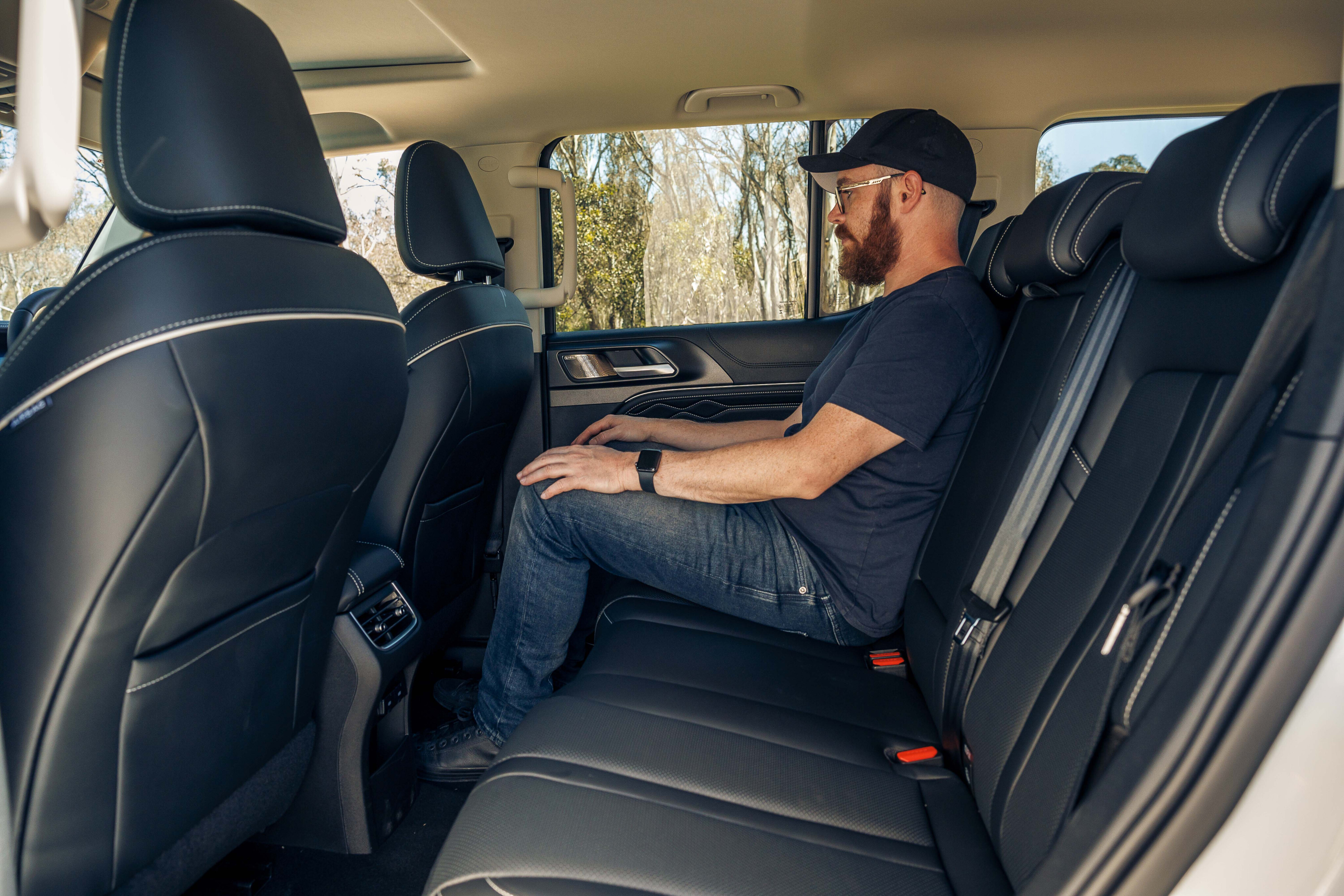
How does it drive?
Turn on the Tank – a sentence which conjures images of an old V12 spluttering to life – and there’s no engine noise, just like an electric vehicle or any other hybrid.
At low speeds, the Tank moves near silently in its automatic EV mode (there’s no button in which to fix the Tank into an electric-only mode), provided the small, onboard battery has enough charge.
At urban speeds, the Tank is impressively quiet, requiring you to glance down at a graphic on the instrument cluster to know whether you’re being powered by petrol, or exclusively electrons. You won’t be able to tell through the seat-of-the-pants, either, as it switches between petrol and electric almost invisibly. Very well done, GWM.
While the steering has a bit of play off-centre – sometimes it doesn’t feel connected to the front wheels – and the brake pedal could use more bite, this would be an easy enough vehicle to drive everyday, assisted by an excellent suite of parking cameras and sensors.
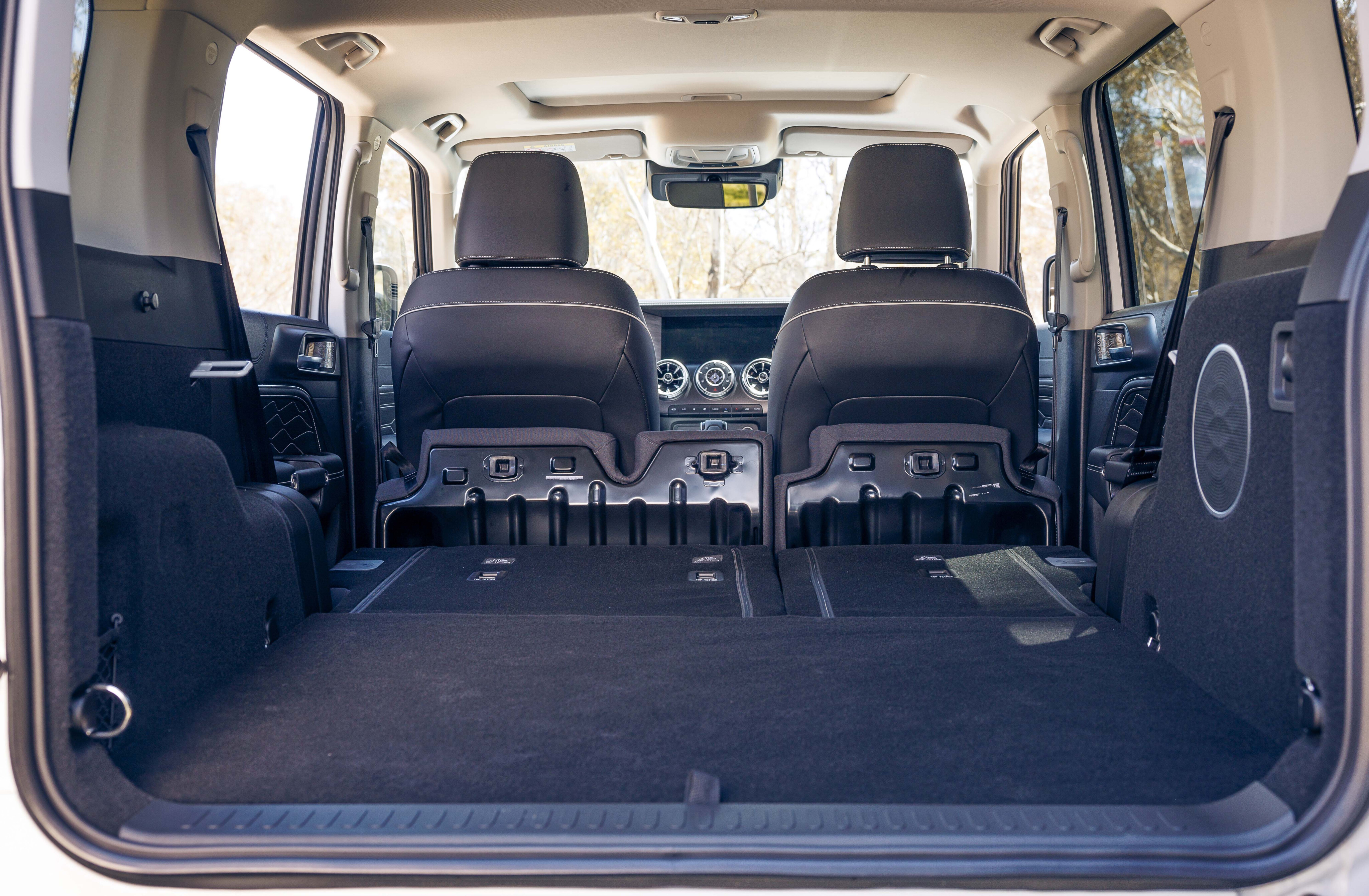
We also enjoy the ‘torque fill’ of the Tank hybrid’s electric motor, giving it a bit of additional urge at lower revs, allowing you to punch into gaps in traffic – quite a funny feeling when you’re driving something that feels like a small meteor.
The Tank Hybrid is also rapid for such a heavy vehicle, its 258kW/615Nm offering plenty of acceleration from the lights or during overtaking – even if the small battery means the electric performance is limited.
On a winding road, the Tank’s battery quickly depletes, rendering it a very heavy 180kW vehicle with a lot of dead weight in the form of electric motor and battery. It’s not the end of the world, as while there’s a fair amount of mid-corner grip, you’ll hardly be relishing its dynamics – a ladder-chassis vehicle can only do so much.
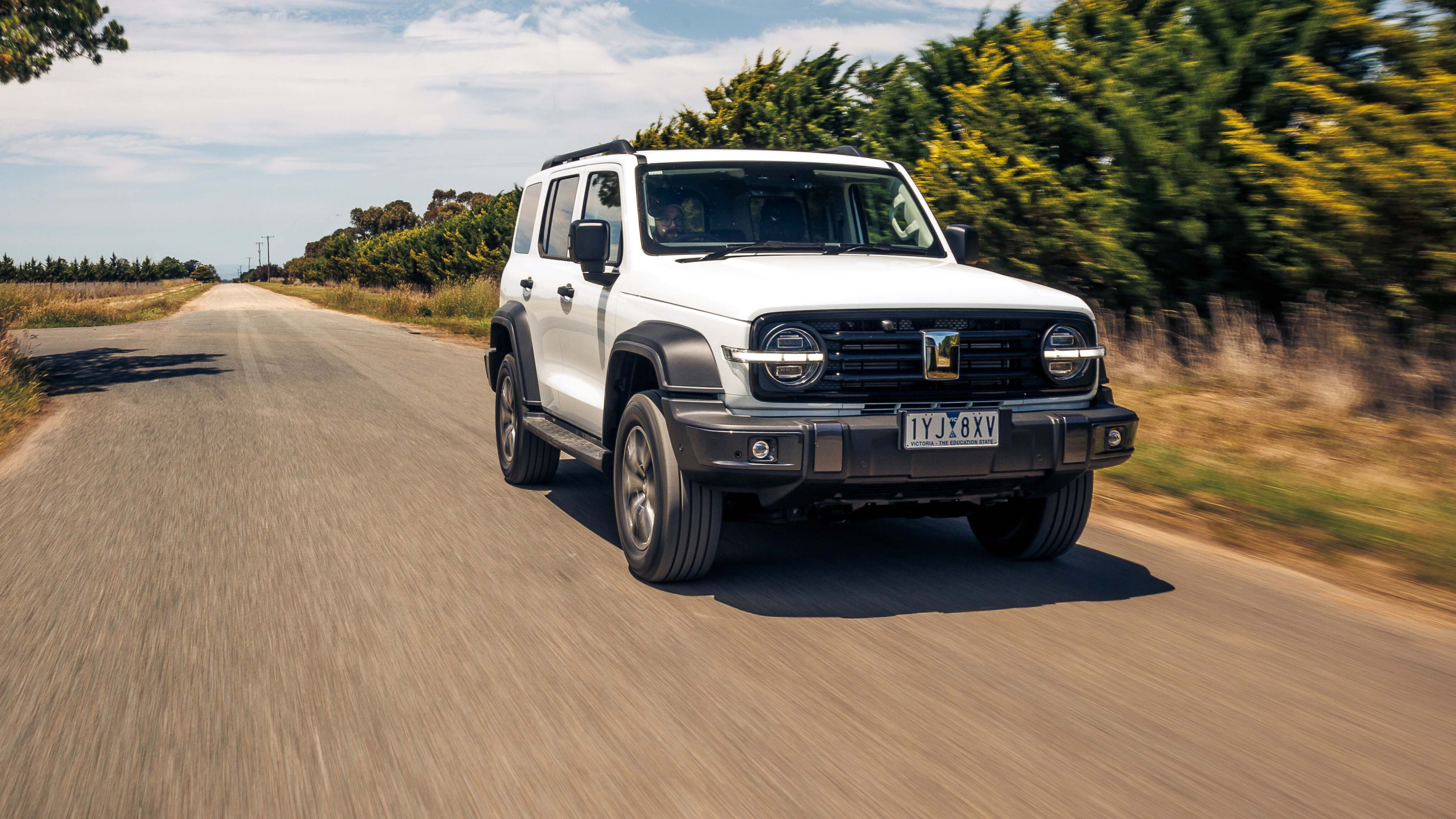
Driven sportily, the nine-speed auto gets a bit confused and doesn’t know what gear to be in, while the brakes get hot and fade surprisingly early, dramatically extending the emergency stopping distance.
This is a Tank that, like its namesake, is best suited to rumbling around slowly.
On dirt, the Tank feels more in its element, owing to the permanent all-wheel-drive but also the generous fitment of high quality Michelin Primacy SUV tyres. While the ABS could use some more dirt calibration – easily triggered, it can extend the braking distances on unsealed surfaces – the ESC works well, neither lackadaisical or hyperactive.
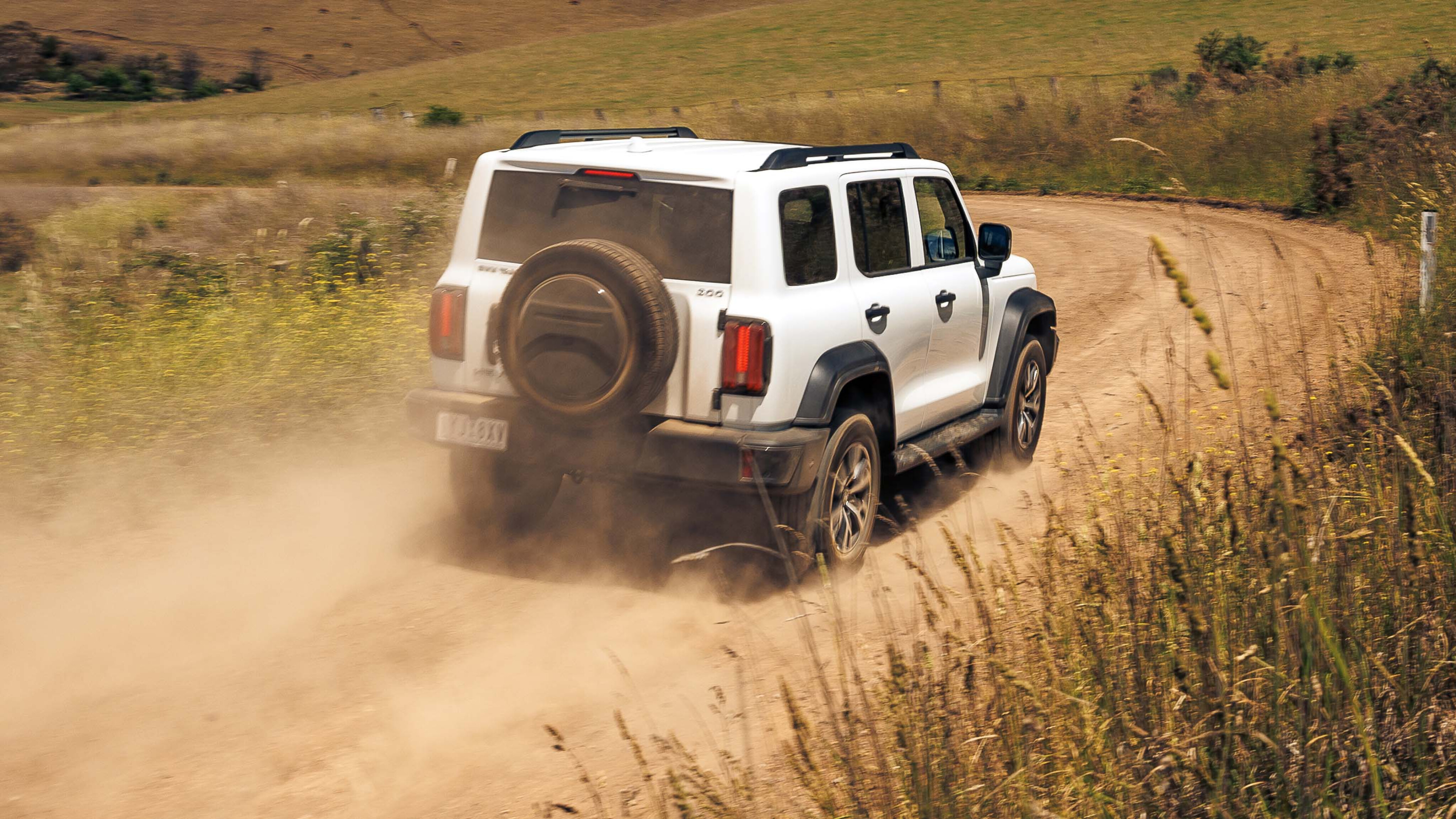
Overall the Tank is good to drive, but, while there’s no single great flaw of this vehicle, there are plenty of minor ones.
The ride quality, while good most of the time, is busy on something like a country backroad. If you live in the bush and spend a lot of time on classic Australian 100km/h country roads, buy a Tank Hybrid and you might finally go insane, its incessantly jiggly ride never seeming to settle.
Our biggest gripe, however, is to do with the Tank’s driver assistance systems. The Driver Attention Monitor is far too eager to tell you to keep your eyes on the road – even when they are. It wouldn’t be an issue if you could permanently turn it off, but it turns itself back on, so you have to turn it off again every time you start the car. This would drive us mad.
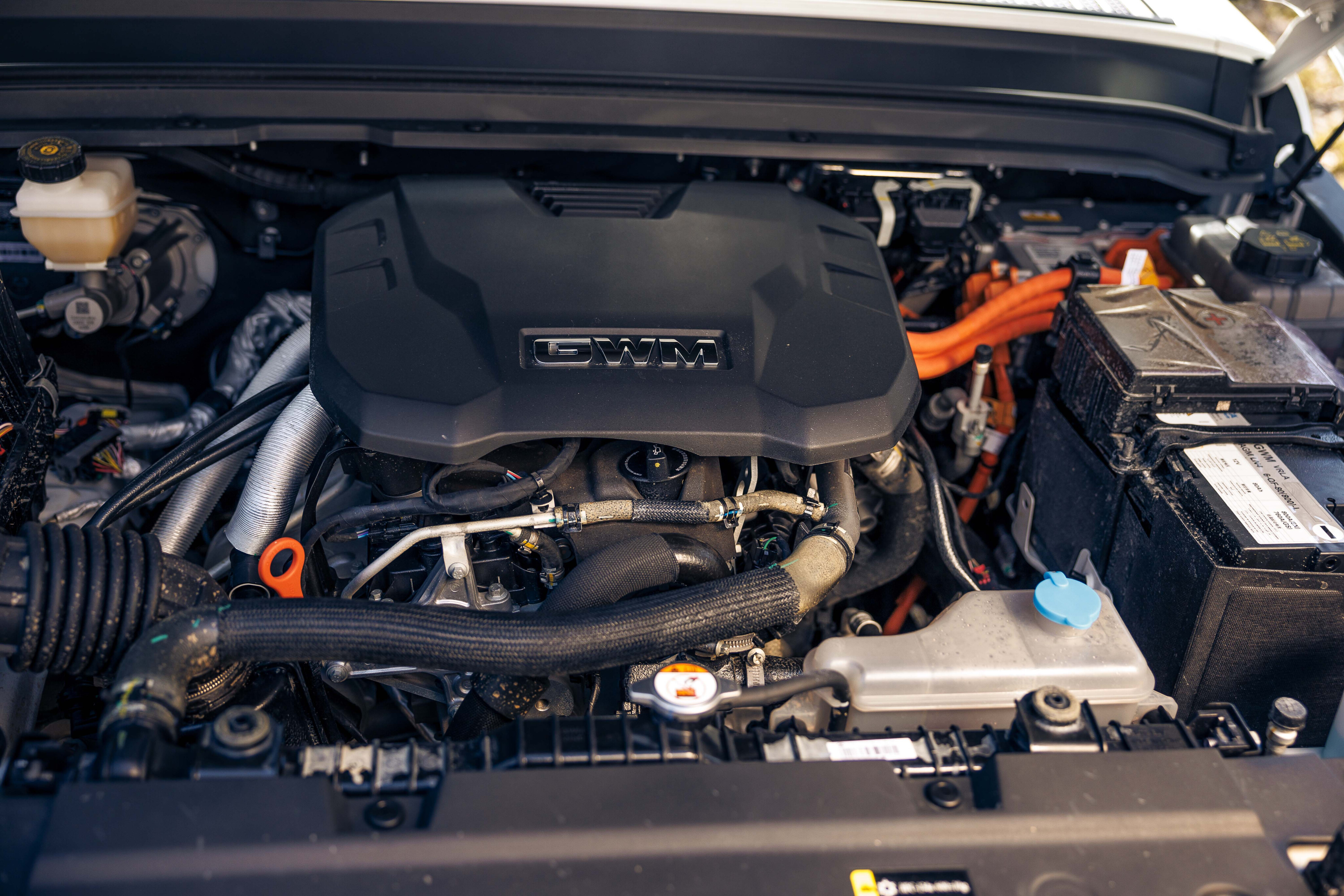
The Lane Departure Warning will vibrate the steering wheel when you get close to a lane-marking rather than crossing over it. You’ll never have a stronger urge to turn something off.
Same, too, the overspeed warning, which will distractingly blink a small speed readout on the dash if you go a couple of kays over. Unless we’ve missed something, you can’t turn any of this permanently off.
You’ll also learn early to never attempt a three-point turn on a busy road, as between drive and reverse, and back to drive again, the Tank has to think an awfully long time – while your eyes grow wide as vehicles come barrelling towards you.
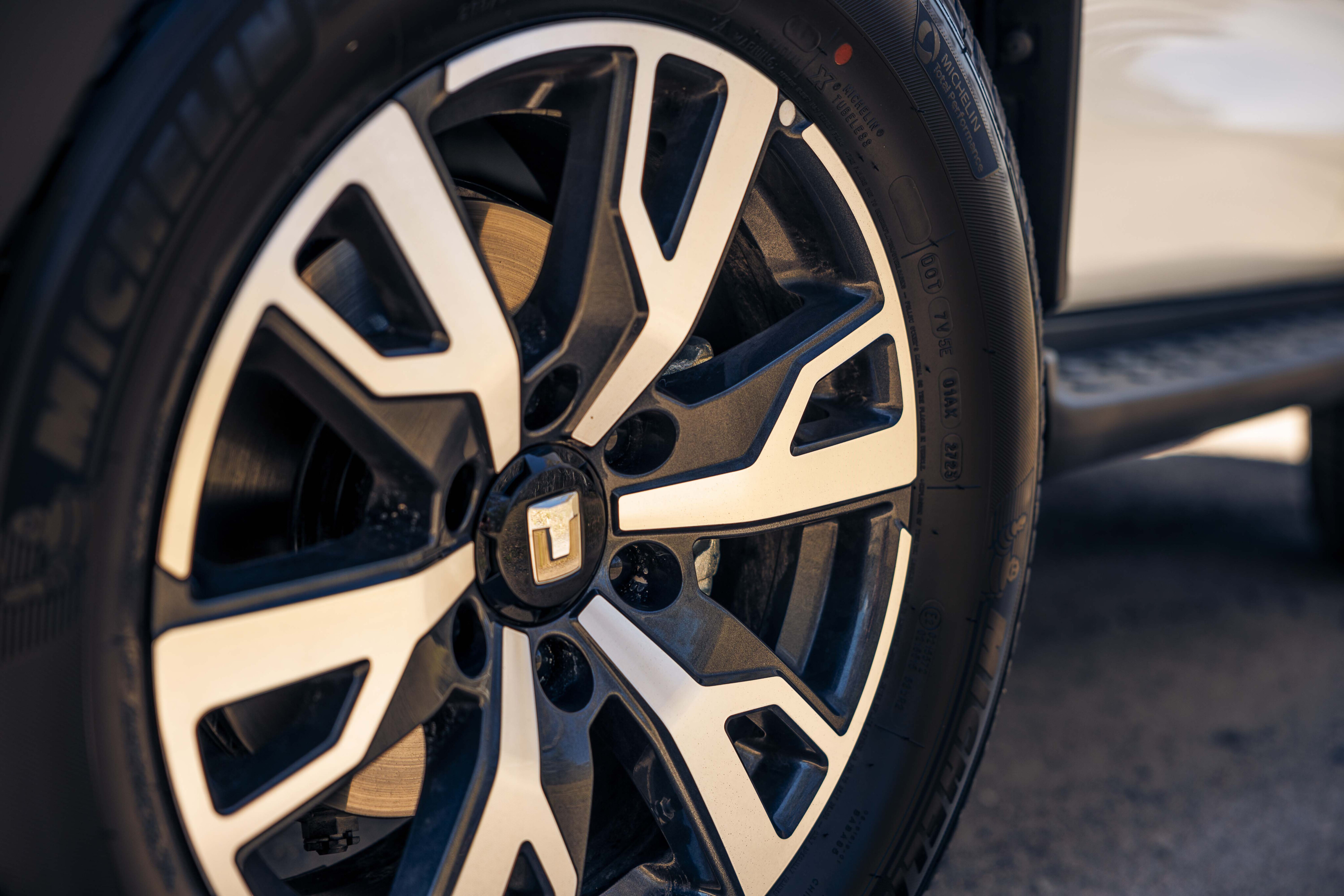
Fuel consumption
Until we do a long-term test, it’s tricky to comment authoritatively about the hybrid’s fuel economy, which in theory should be a major drawcard.
According to the trip computer, over 7h43m of data from previous drivers, the Tank hybrid had achieved 11.5L/100km. Over our own 1h9m of testing, driving normally in an urban environment with some freeway miles, that dipped to 9.6L/100km. GWM claims 8.4L/100km on the combined cycle.
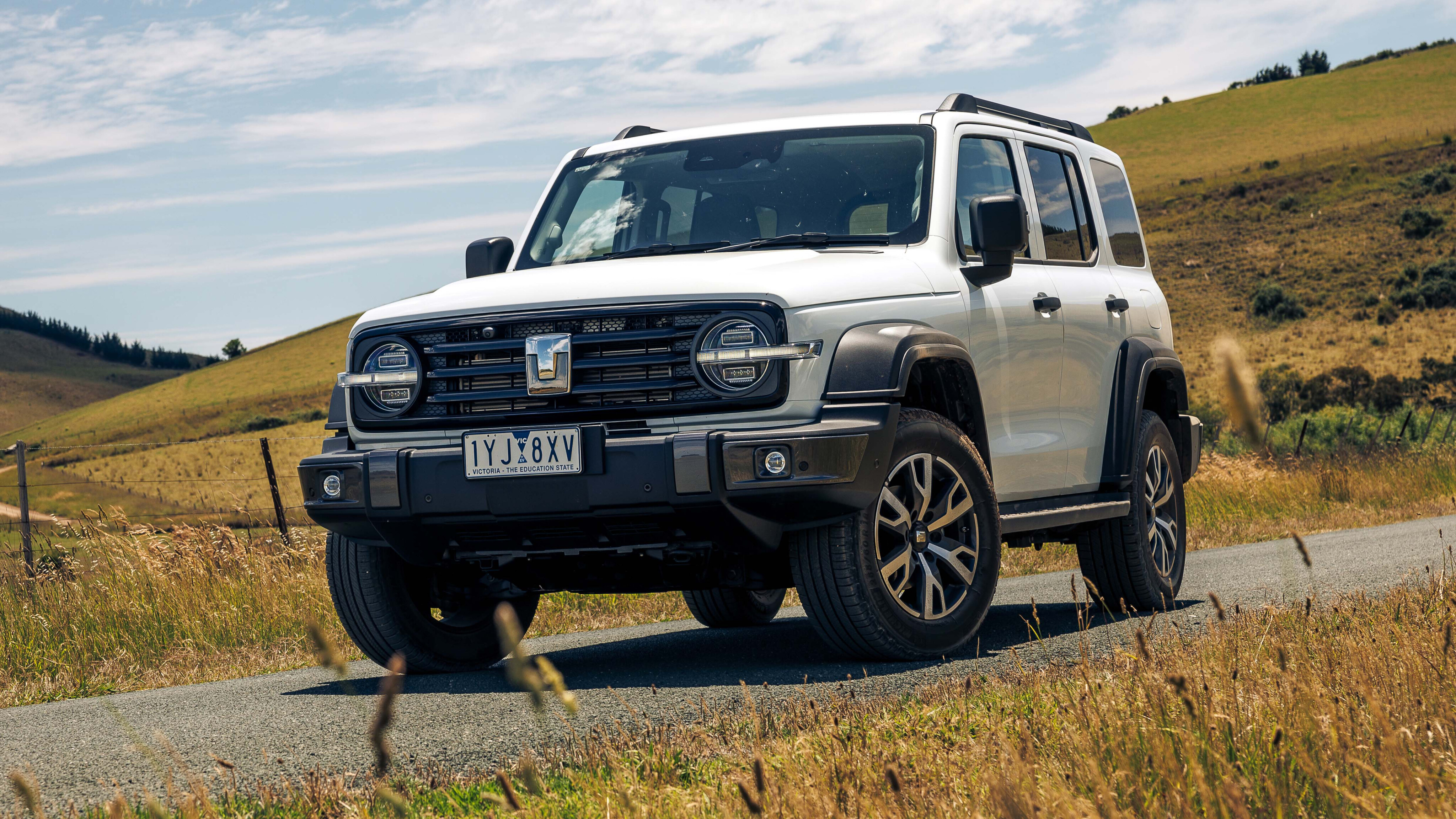
Warranty and safety
Having scored five stars in 2022 ANCAP testing, GWM also warrants the Tank for seven years or unlimited kilometres, matching the best warranty of any in the Australian market.
Five-year servicing costs are yet to be confirmed.
VERDICT
In considering this flagship Tank variant, the additional $10K outlay for the hybrid is worth it.
It’s still hardly an expensive vehicle, and makes a compelling case against more expensive rivals, but with its warranty and additional safety, also against similarly priced second-hand vehicles like a Toyota Prado.
Specifications: The basics
| 2023 GWM Tank 300 Ultra Hybrid specs | |
|---|---|
| Engine | 180kW/380Nm 2.0L turbo petrol |
| Electric | 78kW/268Nm single motor |
| Combined | 255kW / 648Nm |
| Drive | Four-wheel drive (part time) |
| Transmission | 9-speed automatic |
| Spare tyre type | Full-size |
| Tow rating | 2500kg braked / 750kg unbraked |
| Turning circle | 12.0m |
| Seats | Five |
| Length / Width / Height | 4760mm / 1930mm / 1903mm |
| Wheelbase | 2750mm |
| Boot space | N/A (regular model lists 400L) |
Score breakdown
Things we like
- The price – $20K cheaper than a Wrangler
- Punchy acceleration when battery has enough juice
- Impressive safety suite and standard equipment
- Polished petrol-electric powertrain
Not so much
- Maddening driver assist systems that default to ‘on’
- Busy ride quality on country roads
- Not much chop dynamically; brakes fade quickly
- Even hybrid hardly a fuel economy star

COMMENTS